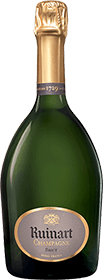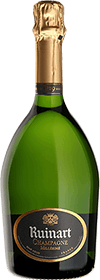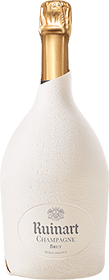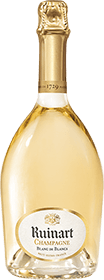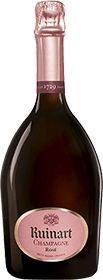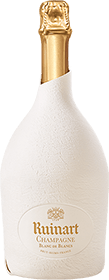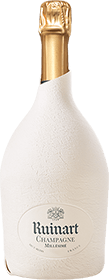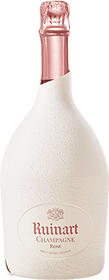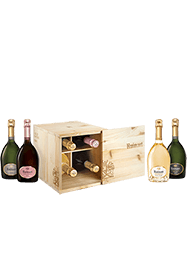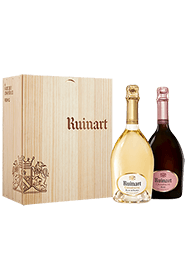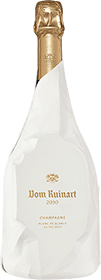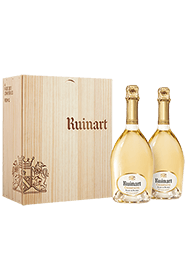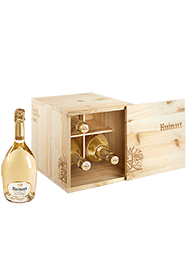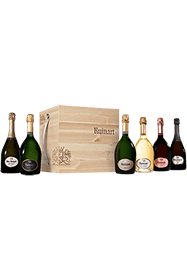At the dawn of its 300 years, Maison Ruinart is an emblem of finesse and excellence in Champagne: a look back at this prestigious name.
Ruinart, a secular history
Symbol of historic know-how, the prestigious Champagne House was founded in Reims in 1729 by Nicolas Ruinart. As a pioneer, it then exports its champagne internationally and weaves links with the artistic world. In 1877, it acquires the famous crayères, chalk cellars classified by UNESCO, offering ideal aging conditions. Led by the Ruinart family until 1963, the House then joins Moët & Chandon, then the LVMH group in 1987.
From vine to glass, unwavering excellence
The estate crafts its cuvées from three grape varieties: chardonnay, the House's emblem, pinot noir and pinot meunier. The grapes come mainly from the Côte des Blancs and the northern slopes of the Montagne de Reims. Committed to an eco-responsible approach, the House has obtained High Environmental Value and Sustainable Viticulture in Champagne certifications since 2014.
So that "the grain becomes wine," the House shapes its champagnes by harmonizing tradition and innovation, with extended aging periods to develop complexity and finesse.
Caroline Fiot has been appointed cellar master of Maison Ruinart as of January 1, 2026, succeeding Frédéric Panaïotis, an emblematic figure of the Maison, who passed away in 2025. An oenologist graduated from Institut Agro Montpellier, Caroline Fiot knows the Ruinart style perfectly, having joined the Maison in 2016.
The House's champagnes
Ruinart Blanc de Blancs: Made exclusively from chardonnays from 25 to 30 crus, this champagne seduces with its freshness, its citrus notes as well as its balanced palate, between tension and roundness.
R de Ruinart: Mainly composed of pinot noir, complemented by chardonnay and meunier, this brut champagne embodies the balance between freshness and roundness.
The rosé champagnes: Whether Brut or Dom Ruinart, they combine the freshness of chardonnay with the indulgence of pinot noir. Their aromas of red fruits, citrus and spices seduce with their vivacity, their silky texture and their balance.
Dom Ruinart: In both white and rosé, it embodies the excellence of grand crus, with remarkable purity and complexity. Notes of ripe fruits, flowers, minerality and great length on the palate make them exceptional vintage cuvées.

